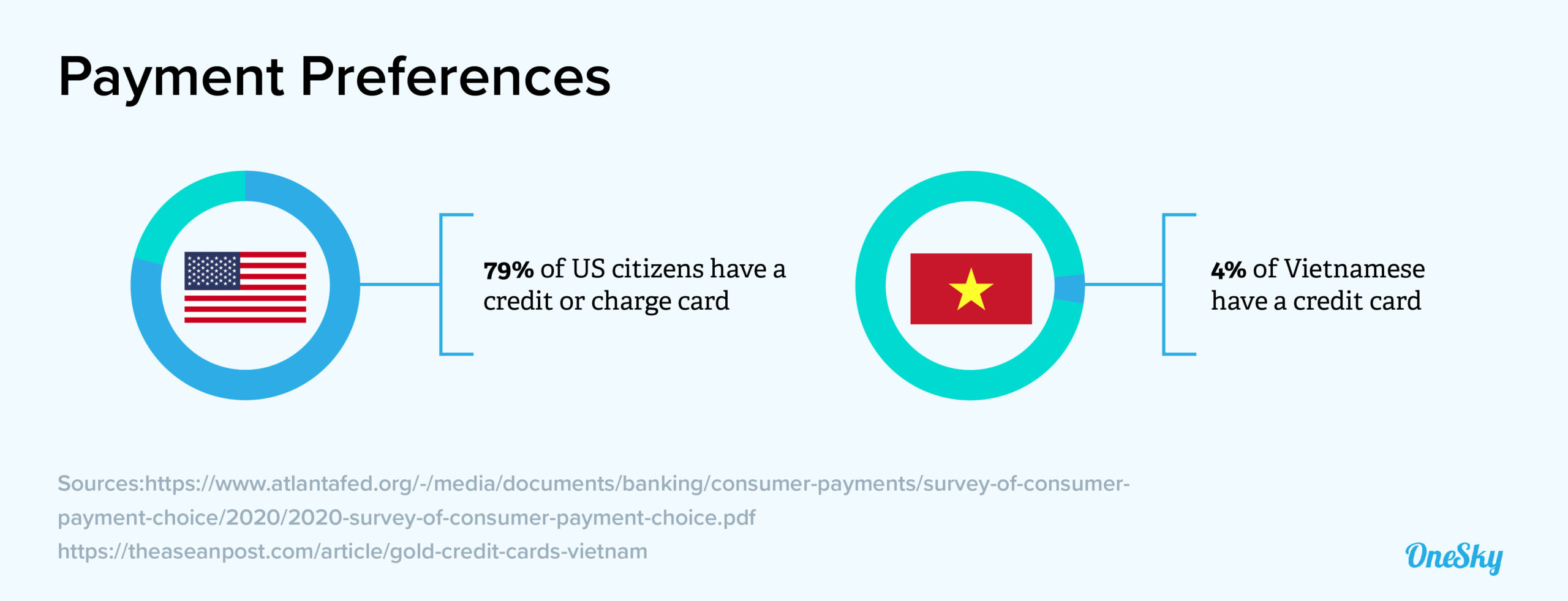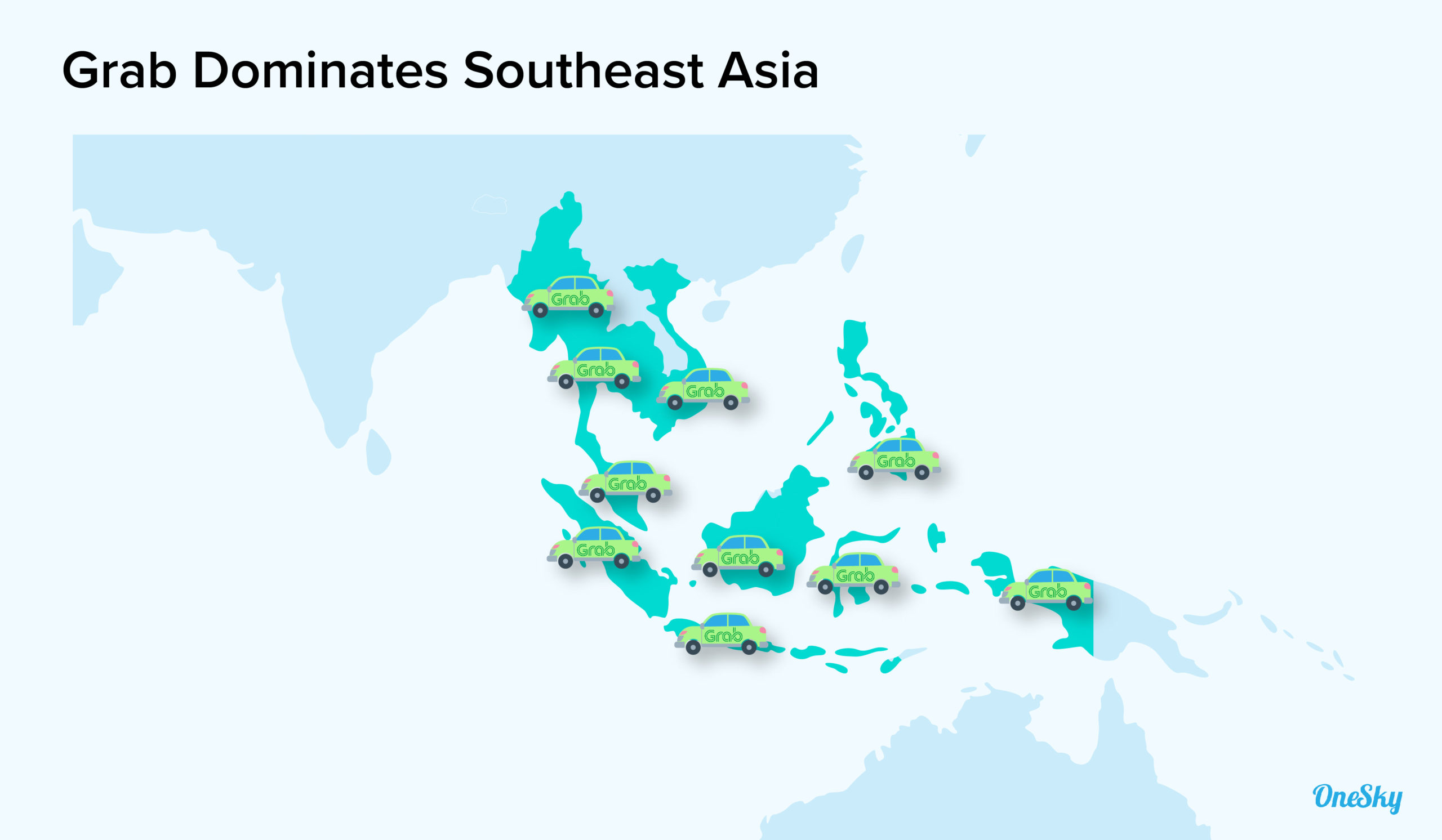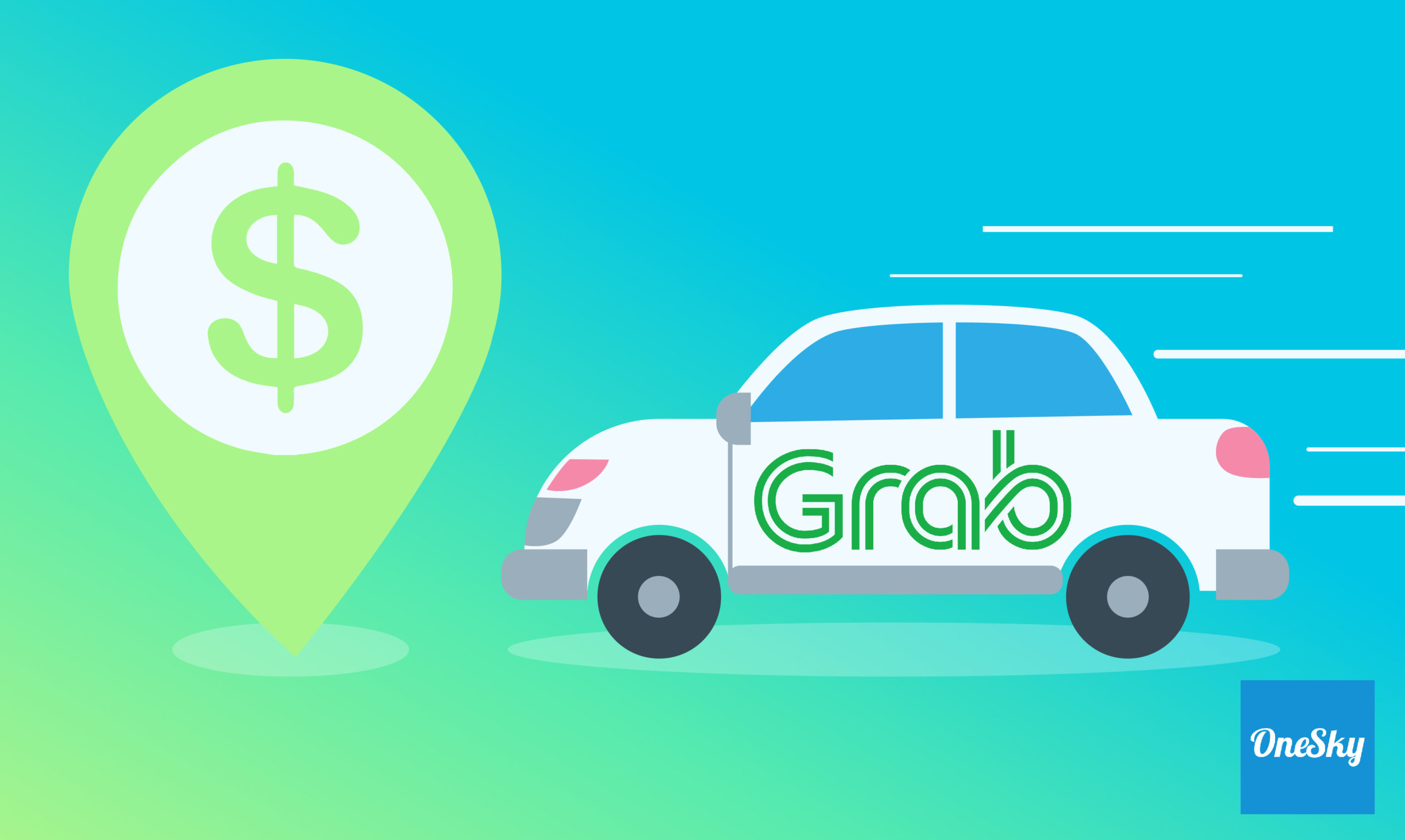How Grab’s Localization Strategy Created a Unicorn Valued at $40 Billion
In the world of business, a unicorn is defined as any startup that reaches a valuation of $1 billion or more. This remarkable feat has been repeated multiple times during the past decade, although the unicorn club is still relatively small.
Grab was one of the earliest members of this club, having joined back in 2014 — just two years after the company was founded under a different name. Today, this Singaporean food delivery company is worth $40 billion.
Here’s the inside story behind that explosive rise, and how a smart localization strategy helped Grab to get ahead.
Part 1: An Idea Without Focus
The origin story of Grab begins way back in 2011. Anthony Tan was a young student at Harvard Business School. He had previously earned a bachelor’s degree in Public Policy from the University of Chicago.
Prior to starting his master’s degree, Tan earned experience in his native Malaysia as the Head of Marketing for his family business — a manufacturing company in the auto parts industry.
Perhaps inspired by his knowledge of motoring, Tan came up with an idea: a taxi-booking app for southeast Asia. He teamed up with fellow student Tan Hooi Ling, and pitched his concept to a Harvard-run startup competition. They won, and collected $25,000 as a grant towards building their idea.
The finished product launched in Kuala Lumpur in 2012, under the name MyTeksi. A year later, the name was changed to Grabtaxi.
Around this time, Uber arrived in Asia. It could easily have crushed the much smaller brand created by Tan and Ling. But the two founders switched to a brilliant new strategy.
Part 2: A $1 Billion Localization Strategy
While Uber was older and better funded than Grabtaxi, the American ride-hailing startup had a global mindset.
The company aimed to build a system that could be dropped into virtually any major city and see instant success. The app was translated for different languages, but few other changes were made to suit different cultures.
In the face of strong competition, Tan and Ling took a brave decision. Rather than trying to scale quickly and compete directly with Uber on the world stage, the pair chose to double down on southeast Asia.
Their plan revolved around a localization strategy, where the app would be optimized to meet the needs of passengers in every location.
Localized Payments
It started with payments.
Coming from the United States, where credit cards are ubiquitous, Uber required passengers in every country to pay by card. But in southeast Asia, over half of people are unbanked, even today. In parts of the region, less than 5% of the population has access to a credit card.

Tan and Ling understood this very well, and took advantage of Uber’s mistake. By allowing passengers to pay with cash from day one, Grabtaxi offered a much more convenient solution.
Later on, the company launched GrabPay. Aimed at regular users and people without traditional banking services, this digital wallet provided an easy way to pay for rides without carrying cash.
Users without a credit card or an online banking facility could top up their GrabPay balance at local corner stores.
Over time, GrabPay has become much more than a way to pay for rides. Today, users can pay bills and purchase items in stores through the service.
Every time a user makes a transaction using GrabPay, they receive loyalty points that can later be redeemed for rides, and other services such as health insurance.
It’s a very smart way to get full buy-in from the local population, and GrabPay is now a significant part of the overall business.
Expansion Into Bikes
Another way in which travel differs in southeast Asia in comparison to western nations is traffic.
If you think the congestion through downtown NYC is bad, you should try Ho Chi Minh City or Kuala Lumpur. Gridlock is expected; free-moving traffic only occurs when something strange has happened.
This is far from the ideal environment for a ride-hailing business based on cars.
To overcome this challenge, Tan and Ling once again came up with a localized solution. GrabBike was launched in 2014, offering two-wheeled rides through Vietnam’s capital, and later in Indonesia.
The service was an instant hit, allowing users to get around much faster than they would using Uber’s car-based model.
Competing With Giants: The Localization Playbook
Over the next few years, the business continued to grow rapidly. It added last-mile deliveries, carpooling, and food deliveries to its list of services, and rebranded simply as Grab.
By 2016, the company was valued at a cool $3 billion.
This meteoric rise can be attributed to a very smart localization strategy. The founders of Grab followed the classic hyper-local playbook:
1) Identify local problems – Tan and Ling saw that Uber was missing out on business by requiring credit card payments and only offering car rides. Furthermore, many local drivers did not know how to use a smartphone. As a consequence, they couldn’t access the Uber app.
2) Provide a localized solution – The GrabTaxi app allowed users to pay by cash or GrabPay. Meanwhile, GrabBike offered bike taxi rides in congested cities. Both services were delivered through a localized app that was carefully optimized for each individual language and culture.
Grab also ran free lessons for drivers, showing them how to use a smartphone and the app.
3) Stay in sync with the locals – Throughout his tenure as CEO of Grab, Anthony Tan has regularly met with users and has even fulfilled food deliveries himself to understand his clients and workers.
In addition, Grab now runs financial literacy classes for riders and small business owners. During these classes, the company is able to collect important feedback.
Along with rapid growth, these tactics help Grab to build an almost invincible hold on personal transportation in southeast Asia.

Part 3: Grab’s Localization Strategy Crushes the Competition
At a certain point in the startup life cycle, a business goes from being a plucky newcomer to a multinational giant.
For Grab, that occurred in 2018. After originally being a direct competitor, the company signed an agreement with Uber to merge operations within southeast Asia.
As part of the deal, Grab took control of all Uber assets in the region — including UberEats, the food delivery service. In return, Uber acquired a 28% stake in Grab. Around the same time, Grab also launched a scooter hire business and a new premium car ride service.
By this time, the valuation of the company had doubled in the space of two years to $6 billion.
But it’s hard to cultivate this kind of rampant success without treading on a few toes. The merger with Uber started to change perceptions of Grab from a homegrown success story to yet another American giant coming in to make money.
Localized CSR Campaigns
Once again, Tan and Ling came up with a solution. And in a nod to earlier strategic decisions, the approach they favored was focusing on localization.
This time, it wasn’t about services — it was all about marketing, messaging, and branding.
In particular, Grab opted to run hyperlocal CSR (corporate social responsibility) campaigns to show its value to each community. At the same time, the company adapted its app to feel more natural to each population. Here are some examples:
- The Philippines – Grab encouraged people to vote by providing discounted rides to polling stations
- Indonesia – Working alongside the Ministry of Tourism, Grab assists visitors with finding travel and accommodation during their stay in the country
- Malaysia– To help local small businesses, Grab committed to providing RM2.5 million-worth in free advertising on the app
Aside from providing a positive contribution to each nation, these initiatives helped to change perceptions of the Grab brand.
Localized Services and Branding
Throughout the history of Grab, the company has always sought to understand and localize for each individual market. After the Uber deal, this became even more of a priority.
Every aspect of the app and platform was optimized for key markets, from the language used, to individual services.
In Cambodia, you could book rides through GrabTukTuk and GrabRemorque — both names referring to popular three-wheeled taxis in the country. In the Philippines, a similar service was made available under the name, GrabTrike.
For the Indonesian market, Grab even developed unique algorithms for tracking traffic in the capital city of Jakarta.

Record Results
Over the space of a few short years, these adjustments have restored the brand image of Grab and helped the company to continue growing at eye-watering speed.
At the time of writing, Grab is valued at almost $40 billion.
And what about the original nemesis of this tale, Uber? The American ride-hailing giants simply gave up on southeast Asia after striking the merger deal, in recognition of the fact that the company always lagged behind the localization strategy of Grab.
How Localization Supercharges Any Business
The moral of this story is that localization is a very powerful tool in business.
Even if you are going toe to toe with a multinational giant, it is possible to overcome your competition simply by offering a better experience for customers in specific regions.
For any business with an online presence, localization starts with your website or app. Dedicated services like OneSky can help you translate text from one language to another, and adapt your content for different cultures.
What’s more, you can manage the whole process in a single end-to-end workflow.
To learn more about this topic, download our free 53-page ebook, The Essential Guide to App Localization. Once you’re ready to get started, sign up free with OneSky to begin writing your own localization success story.



 Written by -
Written by - 




 Written by
Written by 


